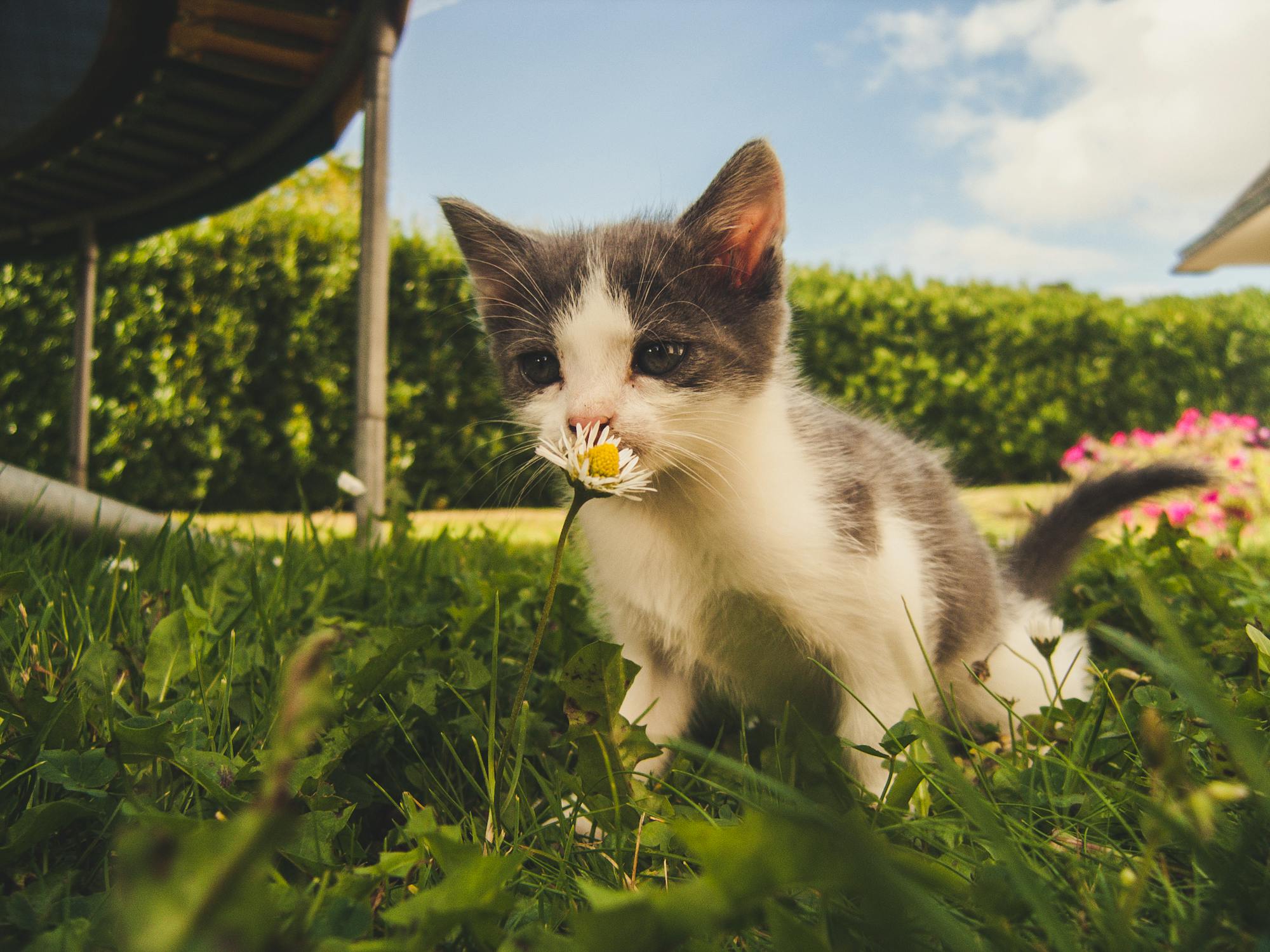Allergies, ubiquitous in both humans and cats, often raise concerns among pet owners. While much attention is given to human allergies triggered by cats, the reverse—what cats are allergic to—remains a less-discussed topic. Yet, felines, akin to humans, can suffer from an array of allergens provoking immune responses. These allergens, or antigens, prompt an exaggerated immune reaction in cats, leading to various allergic symptoms.
Understanding the Allergens Afflicting Felines
Delving into the realm of feline allergies reveals a diverse range of common triggers. Cats may develop sensitivities to environmental factors like pollen, dust mites, and mold. These airborne allergens infiltrate indoor spaces, posing challenges for indoor cats. Additionally, certain food ingredients, such as beef, dairy, and fish, can provoke allergic reactions in susceptible felines. Moreover, substances encountered in everyday household items, like cleaning products or synthetic fabrics, might trigger allergies in sensitive cats.
Unveiling the Symptoms of Feline Allergic Reactions
Identifying allergic reactions in cats necessitates keen observation of their behavior and physical health. Symptoms may manifest through dermatological issues, such as skin rashes, excessive scratching, or hair loss. Respiratory symptoms, including sneezing, coughing, and wheezing, may also signal allergic responses. Furthermore, gastrointestinal disturbances like vomiting or diarrhea could indicate food allergies in cats. Understanding these diverse symptoms is crucial for timely intervention and alleviation of feline discomfort.
Mitigating Feline Allergies: Strategies for Relief
Addressing feline allergies entails a multifaceted approach aimed at minimizing exposure to allergens and managing symptoms effectively. Implementing environmental controls, such as air purifiers or hypoallergenic bedding, can reduce airborne allergens in the cat’s surroundings. Dietary adjustments, such as transitioning to hypoallergenic cat food, may alleviate food-related allergic reactions. Additionally, veterinary guidance is indispensable for accurate diagnosis and tailored treatment plans, which may include medications or immunotherapy to desensitize the cat’s immune system over time.
Nurturing Feline Wellness Amid Allergenic Challenges
Understanding the spectrum of allergens afflicting cats is pivotal for promoting their overall well-being. By recognizing common triggers and symptoms of feline allergies, pet owners can take proactive measures to mitigate discomfort and enhance their furry companions’ quality of life. Through diligent observation, strategic interventions, and veterinary support, cats can thrive in environments conducive to their health, free from the burdens of allergic afflictions.
Different Reactions: Human vs. Cat While humans tend to sneeze or cough when exposed to allergens, cats often respond by scratching itchy skin.
Inhaled Allergens: Symptoms and Indicators Cats may experience widespread itching from inhaled allergens, leading to excessive scratching. This differs from localized reactions like those from flea collars.
Food Allergies: Diagnosis and Challenges Diagnosing true food allergies in cats is complex due to overlapping symptoms with other allergies or diseases. Symptoms may include itchiness, breathing difficulties, and gastrointestinal issues. Cat accessories on Amazon
Development of Food Allergies Food allergies in cats typically develops over time with prolonged exposure to specific proteins in their diets, such as beef, pork, chicken, or lamb.
Managing Food Allergies Switching to a different protein source in the cat’s diet often resolves food allergy symptoms.
Navigating Allergy Suspicions in Cats
Challenges in Identification Cat owners face difficulties in determining whether symptoms stem from allergies or other factors like irritants or underlying illnesses.
Potential Misinterpretations Symptoms such as scratching may be misinterpreted, with causes ranging from allergies to flea infestations or other medical conditions.
Considerations Beyond Allergies Itchiness could indicate conditions like fungal infections, mange, or bacterial skin infections, requiring thorough examination and diagnosis.
More Interesting Articles
- American Paint Horse – Facts | Colors | Profile | Characteristics
- 7 Tips on How to Groom A Cat at Home Even by An Amateur
- Shire Horse Breed Profile, Facts, History and Description
- British Shorthair Kitten Profile, Facts, Care, Breeder
- Thoroughbred Horse Breed – Facts | Profile | Traits | Care
- Black Abyssinian Cat Profile, Description, Traits, Facts, Care
- Friesian Horse Breed Profile, Facts, Traits, Care
- Blue Abyssinian Cat Breed Profile, Care, Traits, Facts
- Horse Training for Beginners – Steps to be An Expert
- Hairless Cat Breeds – Profile | Traits | Facts | Care | Types
- Steps On Teaching A Horse to Neck Rein Like An Expert
- Munchkin Cat Breed – Profile | Lifespan | Personality | Care
- Training Wild Horses – How to Start from the Scratch
- Snow Bengal Cat Profile, Traits Care and Buying Guide
- Welsh Pony and Cob Horse – Profile, Traits, Facts, Care
- Ragdoll Cat Breed Profile, Care, Traits, and Buying Guide
- Miniature Horse Breeds – Profile | Traits | History | Care
- Russian Blue Cat – Facts | Profile| Care | Traits | Facts
- Percheron Horse – Breed Profile, Traits, Facts, Care
- Sphynx Cat Breed – Facts, Traits, Behavior, Profile, Care
- Breton Horse Breed – Profile, Traits, Facts, Care
- Black Bengal Cat – Profile | Personality | Characteristics | Size
- Shetland Pony Miniature Horse Breeds Profile Standard
- Rusty Spotted Cat for Sale – Facts and Measures
- Hackney Pony Horse Breed Profile and Riding Lesson
- 20 Really Cool, Interesting Facts about Horses for Animal Lovers

